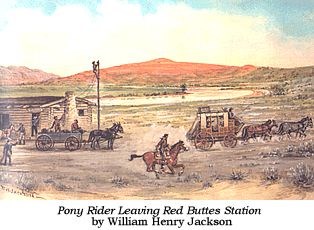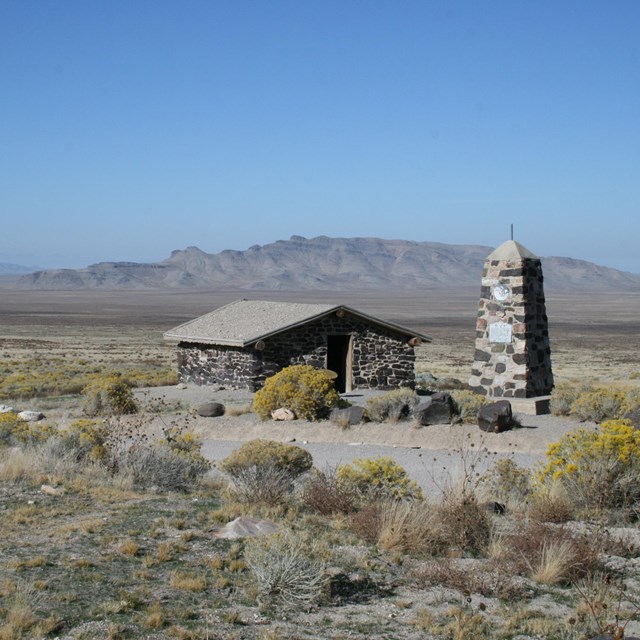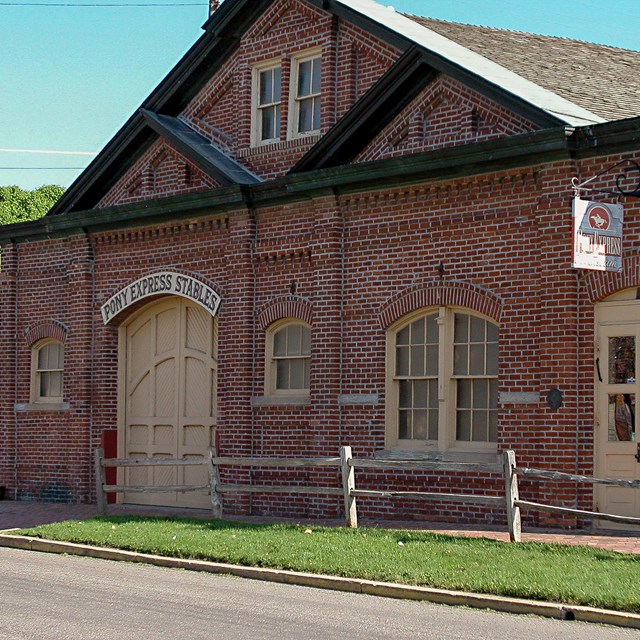
A Brief HistoryMore than 1,800 miles in 10 days! From St. Joseph, Missouri, to Sacramento, California the Pony Express could deliver a letter faster than ever before. As a result of the 1849 Gold Rush, the 1847 Mormon exodus to Utah and the thousands who moved west on the Oregon Trail starting in the 1840s, the need for a fast mail service beyond the Rocky Mountains became obvious. This need was partially filled by outfits such as the Butterfield Overland Mail Service starting in 1857 and private carriers in following years. But when postmaster general Joseph Holt scaled back overland mail service to California and the central region of the country in 1858, an even greater need for mail arose. The creation of the Leavenworth & Pike's Peak Express Company by William H. Russell, Alexander Majors and William B. Waddell became the answer. It was later known as the Pony Express. On June 16, 1860, about ten weeks after the Pony Express began operations, Congress authorized the a bill instructing the Secretary of the Treasury to subsidize the building of a transcontinental telegraph line to connect the Missouri River and the Pacific Coast. The passage of the bill resulted in the incorporation of the Overland Telegraph Company of California and the Pacific Telegraph Company of Nebraska. While the lines were under construction the Pony Express operated as usual. Letters and newspapers were carried the entire length of the line from St. Joseph to Sacramento, but telegrams were carried only between the rapidly advancing wire ends. On October 26, 1861, San Francisco was in direct contact with New York City. On that day the Pony Express was officially terminated, but it was not until November that the last letters completed their journey over the route. Links to more History
More History
Experiencing the Trail TodayFollow the trail with auto tours that closely parallel the historic route(s). The tour for each state includes a map image and driving directions that provide opportunities for discovering the remnants and significant resources of the trail. |
Last updated: April 23, 2025


